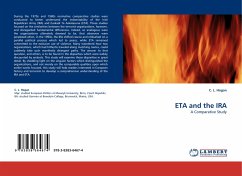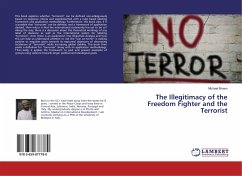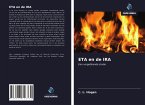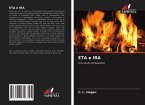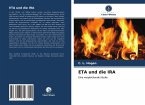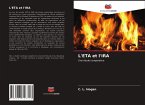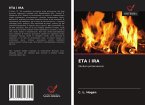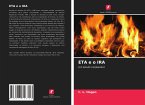During the 1970s and 1980s normative comparative studies were conducted to better understand the indomitability of the Irish Republican Army (IRA) and Euskadi Ta Askatasuna (ETA). Those studies focused on the similarities between the terrorist organizations, however, and disregarded fundamental differences. Indeed, so analogous were the organizations ultimately deemed to be, that observers were perplexed when, in the 1990s, the IRA shifted course and embarked on a parallel political process which led to peace, while ETA remained committed to the exclusive use of violence. Many wondered how two organizations, which had hitherto traveled along matching routes, could suddenly take such manifestly divergent paths. The answer to that question, and others, is to be found in the disparities which were widely discounted by analysts. This study will examine those disparities in great detail. By shedding light on the singular factors which distinguished the organizations, and not merely onthe comparable qualities upon which earlier works focused, this study will help readers interested in European history and terrorism to develop a comprehensive understanding of the IRA and ETA.
Bitte wählen Sie Ihr Anliegen aus.
Rechnungen
Retourenschein anfordern
Bestellstatus
Storno

